Entrepreneur Profiles
Entrepreneur Profile: Luiz Tangari, CEO, Strider
28 July 2016
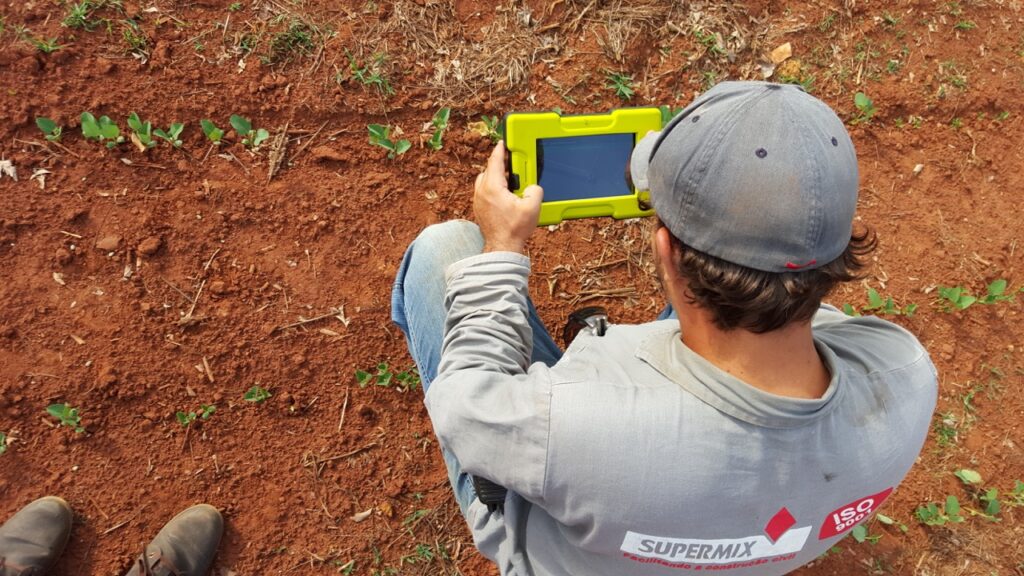
Brazil’s agtech startup Strider just raised a US$3m Series A from Monashees and Qualcomm. This marks Monashees first investment in agtech and Qualcomm’s first agtech investment in Brazil. LAVCA spoke with CEO Luiz Tangari about the opportunity for Brazil to become global market leader in agribusiness (currently No. 2 behind the US) and their role in reducing pesticide use to both cut costs and make the industry more sustainable.
LAVCA: What is Strider?
Tangari: Strider.ag is a decision support platform to help growers make more timely decisions about where and when to spray pesticides. Pesticides are a third to half of production cost for most crops in Brazil and the rest of the world, and are more difficult to manage than other inputs: At the start of the season, you know exactly how much you’re going to spend on seeds, fertilizer, and machinery, but you don’t know for sure how expensive pesticides will be. It’s the most sensitive input for a farm.
Our growers report they are saving 10-20% on pesticide costs with our software. It’s a huge savings and I think it’s why we have a 90% contract renewal rate to-date.
LAVCA: More than 200 farms are using Strider to manage over a million hectares of farm. Could you put those numbers into context?
Tangari: A million hectares is a huge amount of space.
There are about 60 million hectares of farmland in Brazil. If you look at professional agribusiness properties, not counting single family farms, its 40 million hectares. So we already have 2% of the market.
Half of that 40 million hectares is for soybeans; then sugarcane, with about 8 million; then cotton, corn, coffee, citrus, and HF (vegetables).
In terms of clients, we’re mostly working with big farms, but the size of the farm is relative because it depends on the region of the country. The average farm size in Mato Grosso is 2,000-5,000 hectares; in the US, for comparison, it’s only 100-200 hectares. So our farms are larger by nature, which is why we can manage 1 million hectares with only 200 clients.
We also have a few customers in Texas and Florida and are hoping to move into Southern California. We currently monitor 50,000 acres (about 20,000 hectares) for Texas Agrilife, an NGO helping cotton growers deal with bollworm.
LAVCA: What’s the founding story behind Strider – when did it start, and how?
Tangari: Strider is three years old; I founded it with Carlos Gonçalves and Gabriella Mendes in Belo Horizonte, Brazil, where we are headquartered, and we now have 33 employees.
My previous company, Aorta, was a mobile content company that had nothing to do with agriculture. We sold it to Grupo RBS in 2012. But we saw the opportunity while we were doing some custom projects for a pesticide company.
There is a huge change coming to the way farms are managed. It used to be a land-intensive business, but it’s moving to an input-intensive business. You need to have land, yes, but now you need to spend a lot of money on inputs (seeds, fertilizers, pesticides).
Pesticides are more expensive now; the cheap ones have been banned. These are more sophisticated molecules that are more targeted. Seeds are also more expensive, especially with the royalties you need to pay to Monsanto for transgenics. You also need to spend more money on fertilizers, and now machinery is much more expensive. So all the inputs add up, and the yield is larger, so the management needs to be more efficient.
As farming transitions to input-intensive, it is important to invest more money in better structure and management processes; larger, better trained staff; software; And a more precise decision-making process to secure the margins. It changes the whole picture.
To give you a sense of how quickly the landscape is changing, consider that ten years ago, if you went to a soybean farm in Mato Grosso, they used to harvest 30-35 sacas of soybeans (sacas are a little bigger than a bushel), and the cost would be 15, so they’d have about 50% margins. Now they harvest much more –the average yield in Mato Grosso is 55 sacas – but they spend 45-55 to get there. The margin is tighter, so it’s easier to lose money in agriculture – especially in environments like this last year when we had a drought. It’s moved from a land business to a margin business.
LAVCA: So you’re basically improving how pesticides get deployed. Is the goal to reduce costs? Or to also reduce the amount of pesticide deployed? What’s the big vision?
Tangari: We help growers save money by reducing the total cost of pesticides and ultimately reducing the amount of pesticides put into the environment. If they’re saving 10-20%, they are using 10-20% less pesticides. Growers, their customers, and the government are concerned about the environment – it is part of a larger societal trend to be more sustainable. But growers need to be sustainable and profitable at the same time.
And in Brazil, because of the size of the farms and the climate, the problems are greater to manage. Our agriculture industry is 5x smarter than the US, but it’s the biggest market in the world for pesticides. This is mostly because of the climate: When it’s hotter, you have more insects.
LAVCA: In your investor deck, you cited some data from Philips McDougall that the pesticide market is US$10b/year in Brazil, bigger than the US (US$7.4b) and more than double the size of China’s industry (US$4.8b).
Tangari: It’s huge. Even the big six pesticide players – Syngenta, BASF, Monsanto, Bayer, FMC, Dupont – are interested in helping growers make better use of pesticides because they are interested in selling more sophisticated molecules, where they have better margins. It’s in their benefit for the growers to get smarter about how they use pesticides and adopt software.
LAVCA: There’s a lot of problematic talk that innovation comes from Silicon Valley, and the rest of the world is for copycats. Do you think that applies to agtech innovation, or does LatAm have a competitive advantage or opportunity?
Tangari: I strongly believe that we have a unique opportunity in Latin America. When I decided to start an agtech company, I saw it as one of the few areas where Brazil can be a global market leader. We are the No. 2 market for agribusiness in the world, behind the US. We have larger farms, so we can have a smaller number of large accounts. But, we also have bigger problems than the US market, including a limited specialized workforce, making it the perfect place for us to innovate.
On the other hand, we also have a great synergy with the southern states in the US, where they have a climate that looks more like Brazil’s. . Currently that’s less than 5% of our revenue, but we want to grow that to 20%. We also just deployed our first account in Australia with a small apple grower.
LAVCA: According to LAVCA’s Latin America Venture Capital: Five-Year Trends report, agtech represents less than 1% of VC investment in Latin America (2011-2015). This is an underserved opportunity for such a massive industry. How do you explain the gap?
Tangari: The cost of acquiring customers is complicated. You can’t just build an agtech company based on a straightforward distribution model like e-commerce and hope it works. You need to actually have goods in the field and visit customers in the field.
The cost to build a company like Strider are larger than building a pure web company, and as a result, there aren’t many of us yet. It’s expensive, especially to have a countrywide presence like we do. We deal with that every day; we have a huge travel cost. Our sales people drive 800km per week to visit customers, and we have events in 20 cities a year.
LAVCA: Monsanto just made a big investment in BR Startups, a R$300m fund for Brazilian agtech startups launched by Microsoft Participações in 2012 in collaboration with Qualcomm Ventures, ES Ventures (Portugal) and AgeRio (Agência de Fomento do Estado do Rio de Janeiro). What needs to change for us to see more VC investment in agtech?
Tangari: The whole vertical needs to mature. For Strider, we are the first software for almost all of our customers that helps with day-to-day decisions, versus for example, reporting software you’d use at the end of the season.
For the next wave, we are going to see companies with specific specializations. We are going to see drone companies, equipment sensors, machinery automation, and satellite imagery all applied to agtech.
But the first wave is to build this structure so the grower can understand how to take advantage of the software; then they will start to buy more specific solutions.
LAVCA: Who are some of the other players in the agtech space that you admire in Brazil?
Tangari: PROMIP, BUG – they sell bugs actually. They sell small wasps that parasite the pests and help growers control the pest population.
SkyDrones, Xbots – they sell drones to growers.
And BovControl – a cool company in the cattle business that help growers manage how they feed their cattle.
LAVCA: Who is your competition?
Tangari: We have three large competitors:
- The first and toughest is the status quo, or doing nothing; there are growers who are still using spreadsheets and paper. That is the most difficult thing we are fighting.
- There are a few companies in the US that are coming to Brazil: Climate (Monsanto) and farmersedge.
- Also, some larger growers have built their own solutions in-house.
But having other companies fighting in this space would be good for us. The biggest challenge we face right now is to educate the growers that software is something they really need, and something that can help them to be more effective. If we had someone fighting alongside us, it would help – for now at least. Maybe not later. Let’s hope we can solve the problem before anyone else comes along.
LAVCA: What keeps you up at night, if not the prospect of competition?
Tangari: My real concern when I get to work every day is that we need real adoption. Our customers have to actually use our software every day.
Soft adoption is a huge problem in agtech. Growers will install an app on their phone, try it for a few weeks and give up. At Strider, we don’t have as much of that problem; most of our customers are actively using the solution every day. We invest money to keep visiting the customer after we sell to ensure they are using the software. And that’s part of why we have low churn so far.
We also don’t give away software for free; we charge from the start, and it isn’t cheap, because we need our customers to engage. Making them pay is one way to do that.
LAVCA: What is your most pressing strategic challenge right now? How is the macro environment in Brazil affecting Strider?
Tangari: The economic downturn is a real problem. We have a huge credit problem in agriculture; growers are having a hard time borrowing money from Brazilian banks since the recession.
And the biggest problem, from a big picture perspective, is actually the weather. You need to pray it rains so you can make money. Parts of Brazil have been hit hard by drought, especially west of Bahia. They are in a declared state of crisis. As well as some cities in Mato Grosso. This is the major problem. We need rain.
LAVCA: What is the opportunity to include water management in Strider’s platform?
Tangari: There’s a strong relationship between pest populations and rain. So in specific weather conditions, one pest population will grow faster. Fungus really likes rain, and caterpillars really like drought.
We are already helping our growers calculate their losses based on water stress. If you have a drought, we can calculate the stress level the plants will suffer, and how much of the harvest the growers will lose. It’s really useful.
And the process of growing the platform beyond pesticides is already happening; we are building towards having water management, satellite imagery, productivity management, and even fertility integrated in the platform, so we can help customers more holistically. For sugarcane, we can already help growers with harvesting losses; with cotton, we are helping growers manage how they spray hormones to regulate how tall the plans will grow.
LAVCA: You recently closed a US$3m round led by Monashees, with participation from Qualcomm. Can you share a timeline of financing leading up to this round?
Tangari: We closed this round in May; the previous round was September of 2014, when Barn Investimentos invested R$2m. And I invested R$500k of my own money in the beginning.
I am on the board, with my co-founder Carlos Gonçalves, Flavio Zaclis at Barn, and Marcelo Lima at Monashees. Dan Faccio at Qualcomm is a board observer.
LAVCA: What was your thinking or strategy around who to bring in as investors?
Tangari: For our seed round, Barn Investimentos already had a lot of experience with agriculture, which was important for us at the time. Qualcomm was an important addition because they are really helpful with building the whole solution, especially the hardware part. And Monashees has a very good reputation as an investor, and our experience matches it.
This was Monashees’ first agtech investment, and Qualcomm’s first agtech investment in Brazil.
LAVCA: What is the talent pool like in Brazil for an agtech startup? Are there certain roles that are harder to hire for than others?
 Tangari: We have a few agronomists on board, and we’ve been very successful at bringing people from other industries. But it’s impossible to find sales people who know how to sell software to farmers so we have to adapt. We either hire someone who can sell another input to a farmer, or we hire someone who can sell software to other businesses. We’ve tried both.
Tangari: We have a few agronomists on board, and we’ve been very successful at bringing people from other industries. But it’s impossible to find sales people who know how to sell software to farmers so we have to adapt. We either hire someone who can sell another input to a farmer, or we hire someone who can sell software to other businesses. We’ve tried both.
It’s been an overwhelming experience because it’s very difficult and we are looking for employees that can quickly adapt to change (we are doing things nobody has done before), but everyone is invested in the learning process. When you learn a lot, you change and have the opportunity to keep getting better.
LAVCA: Do you have any advice for future investors interested in Strider or the agtech sector?
Tangari: Agtech software is expensive to build, agtech companies take time to grow, and we spend more money on distribution and marketing. But despite that, we’ve been above break-even for most of the last three years.
We just finished our last round, so we’ll probably go for a while without raising again. But it’s worth noting that we are building our business based on our customer revenue, not our venture capital investment; 75% of the money we spend on Strider is from customer revenue, and only 25% is from our investors. It would take a lot of investor money to build it otherwise.
As for advice I would give to investors looking at agtech, they need to manage their expectations. It’s a tough market; it’s difficult to have real adoption and grow. You have to create skill competencies that are not common in startups. For example, we spend money in offline marketing, billboards, and radio ads, because in our geographies it still works.
You also need people who really go in the field and aren’t afraid of traveling. If you come to our office on a random day, usually a third of the team is on the road. Investors need to be realistic and aware about the constraints around a business like this. And they need to be patient.
The opportunity is huge; there is a lot of money to be made. But there are also constraints. This is not a standard web company that can acquire customers with Google Ads and Facebook.
You may be interested in...
-
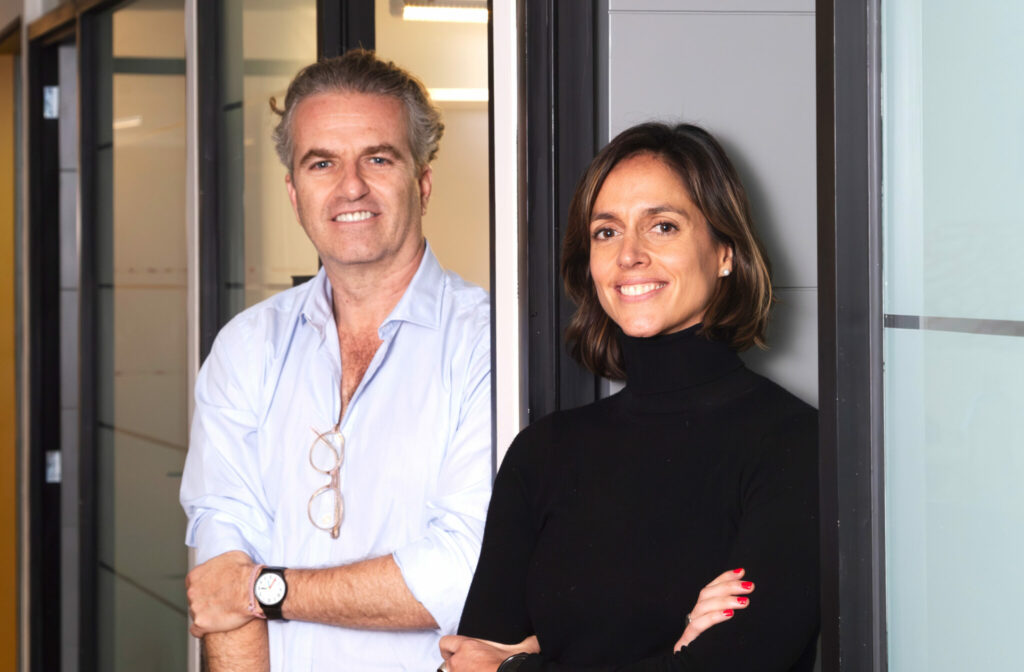
Is AI a Thing in Latin America? In Conversation with Hi Ventures
LAVCA sits down with Hi Venture to discuss their evolving thesis and vision for...
-
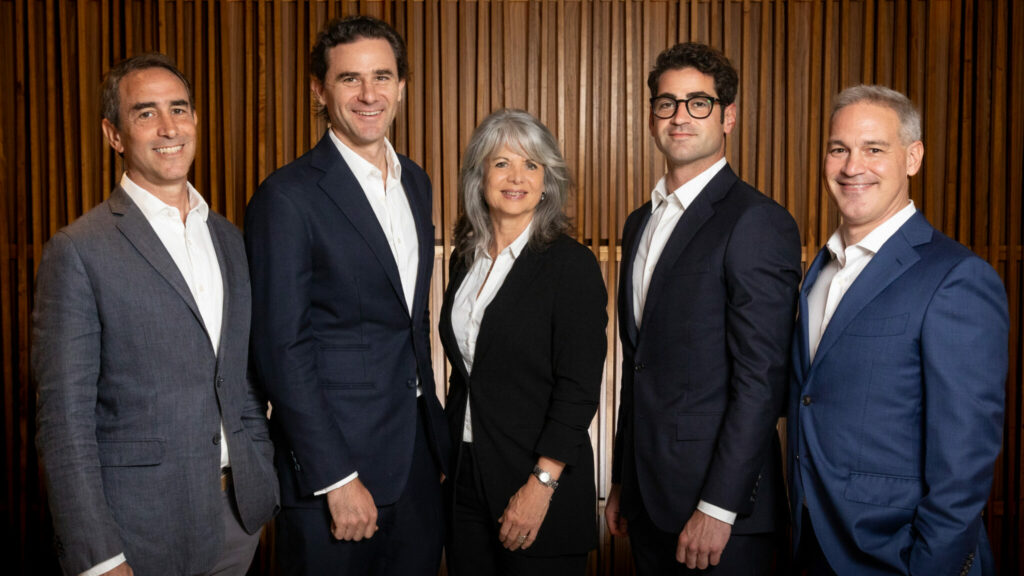
The Future of B2B Startup Investing in LatAm: In Conversation with NXTP
NXTP Ventures recently reached a USD98m final close for NXTP Fund III, its third...
-
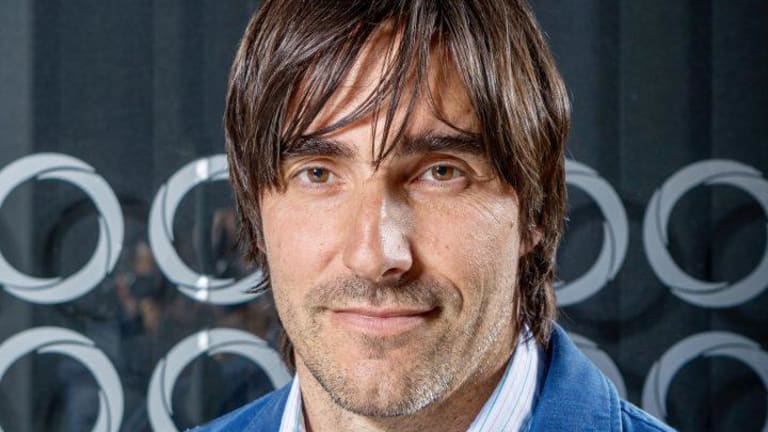
A 20-Year Journey: An Interview with Technisys CEO Miguel Santos
Company: Technisys Investors: KASZEK, Dalus Capital, Riverwood Capital Interview...
-
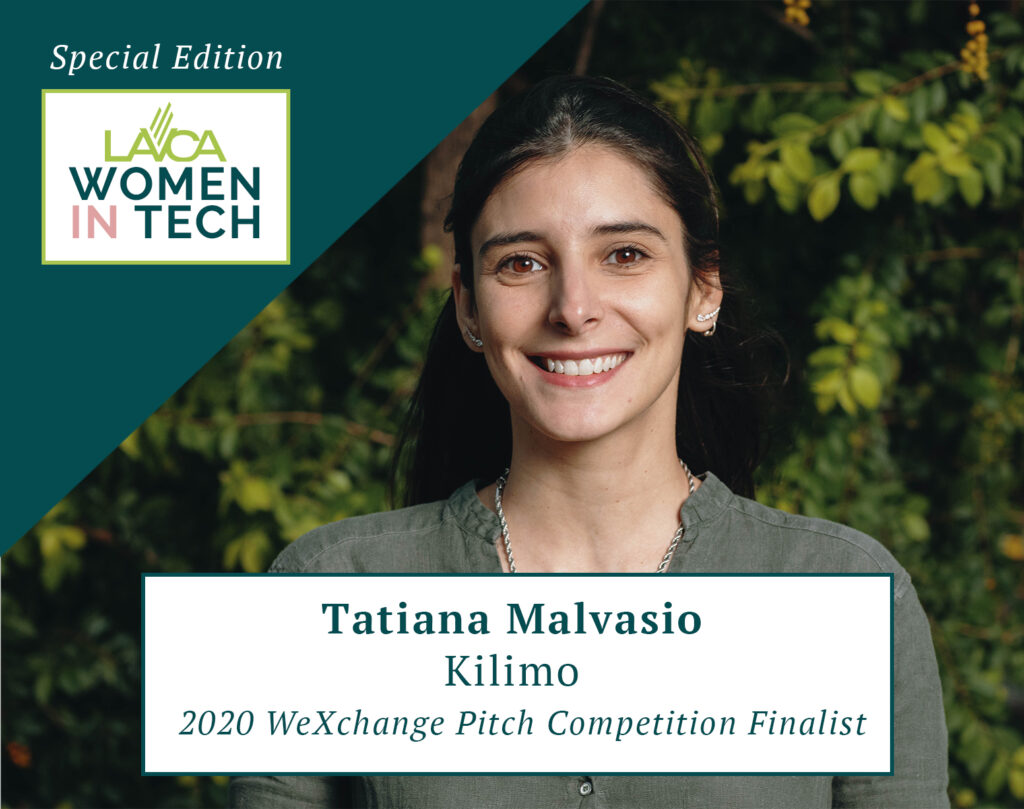
Satellite Analytics & Irrigation Systems: Interview with Kilimo COO Tatiana Malvasio
Company: Kilimo Investors: NXTP Ventures, Alaya Capital, The Yield Lab, Xpand...